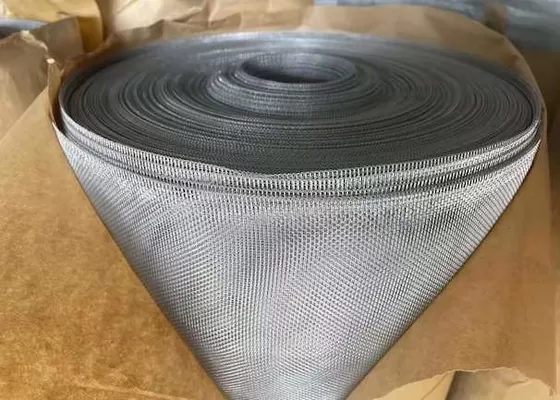316 stainless steel fiber is a type of steel fiber that has gained popularity in recent years due to its exceptional properties and versatility. In this article, we will explore the features, applications, and benefits of 316 stainless steel fiber, and why it has become a go-to material for various industries.
Properties of 316 Stainless Steel Fiber
316 stainless steel fiber is made from a specific type of steel alloy that contains chromium, nickel, and molybdenum. These elements give the fiber its unique properties, such as high strength, resistance to corrosion, and durability. The fiber is also known for its high tensile strength, which makes it suitable for use in harsh environments.
Applications of 316 Stainless Steel Fiber
316 stainless steel fiber has a wide range of applications across various industries, including:
- Construction: 316 stainless steel fiber is used in the production of fiber-reinforced polymer (FRP) composites, which are used in construction projects such as building facades, roofing, and cladding.
- Automotive: The fiber is used in the manufacturing of automotive parts, such as brake pads and clutch disks, due to its high heat resistance and strength.
- Aerospace: 316 stainless steel fiber is used in the production of aircraft parts, such as engine components and structural components, due to its high strength-to-weight ratio and resistance to corrosion.
- Medical: The fiber is used in medical implants, such as hip and knee replacements, due to its biocompatibility, corrosion resistance, and high strength.

Benefits of 316 Stainless Steel Fiber
The benefits of using 316 stainless steel fiber include:
- High strength-to-weight ratio: 316 stainless steel fiber has a high strength-to-weight ratio, making it ideal for use in applications where weight is a critical factor.
- Corrosion resistance: The fiber is highly resistant to corrosion, making it suitable for use in harsh environments.
- Durability: 316 stainless steel fiber is highly durable and can withstand extreme temperatures and stress.
- Biocompatibility: The fiber is biocompatible, making it suitable for use in medical implants.
Conclusion
In conclusion, 316 stainless steel fiber is a versatile material with a wide range of applications across various industries. Its unique properties, such as high strength, resistance to corrosion, and durability, make it an ideal material for various applications. Whether you are looking for a material for construction, automotive, aerospace, or medical implants, 316 stainless steel fiber is an excellent choice.